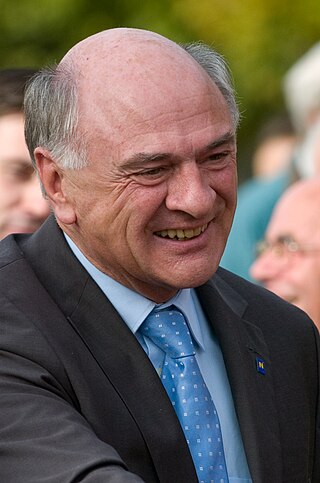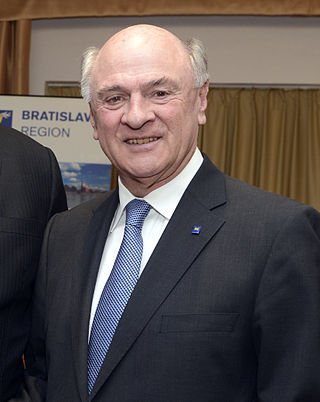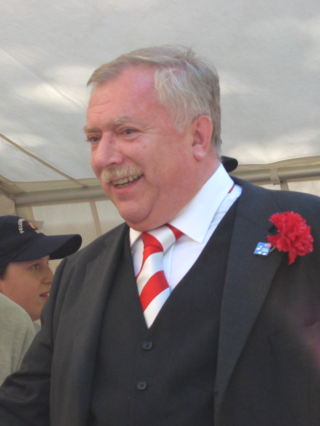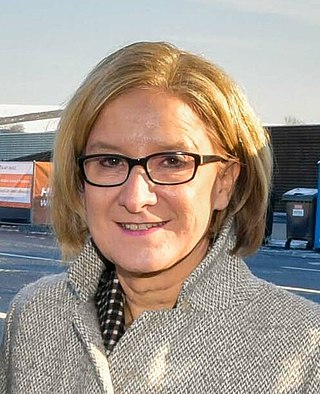
The 2005 Burgenland state election was held on 9 October 2005 to elect the members of the 19th Landtag of Burgenland.

The 2003 Lower Austrian state election was held on 30 March 2003 to elect the members of the Landtag of Lower Austria.

The 2003 Upper Austrian state election was held on 28 September 2003 to elect the members of the Landtag of Upper Austria.

The 2005 Viennese state election was held on 23 October 2005 to elect the members of the Gemeinderat and Landtag of Vienna.

The 2010 Viennese state election was held on 10 October 2010 to elect the members of the Gemeinderat and Landtag of Vienna.

The 2013 Lower Austrian state election was held on 3 March 2013 to elect the members of the Landtag of Lower Austria.

The 2010 Styrian state election was held on 26 September 2010 to elect the members of the Landtag of Styria.

The 2018 Lower Austrian state election was held on 28 January 2018 to elect the members of the Landtag of Lower Austria.

The 2018 Salzburg state election was held on 22 April 2018 to elect the members of the Landtag of Salzburg.

The 2018 Carinthian state election was held on 5 March 2018 to elect the members of the Landtag of Carinthia.

The 2019 Styrian state election was held on 24 November 2019 to elect the members of the Landtag of Styria.

The 2015 Upper Austrian state election was held on 27 September 2015 to elect the members of the Landtag of Upper Austria.

The 2015 Viennese state election was held on 11 October 2015 to elect the members of the Gemeinderat and Landtag of Vienna.

The 2014 Vorarlberg state election was held on 21 September 2014 to elect the members of the Landtag of Vorarlberg.

The 2009 Carinthian state election was held on 1 March 2009 to elect the members of the Landtag of Carinthia.

The 2004 Carinthian state election was held on 7 March 2004 to elect the members of the Landtag of Carinthia.

The 2004 Salzburg state election was held on 7 March 2004 to elect the members of the Landtag of Salzburg.

The 2001 Viennese state election was held on 25 March 2001 to elect the members of the Gemeinderat and Landtag of Vienna.

The 2021 Upper Austrian state election was held on 26 September 2021 to elect the members of the Landtag of Upper Austria.

The 2023 Lower Austrian state election was held on 29 January 2023 to elect the members of the Landtag of Lower Austria.






















